Even the best-known depression meds fall short for thousands of people. Abilify used to be the go-to add-on, but the list of options just got a lot more interesting. Not many folks realize that since 2020, FDA approvals for depression therapies have exploded. And this isn’t just another minor tweak—these updates matter if classic treatments haven’t worked, or if side effects are wrecking your day-to-day. There’s a whole landscape of fresh meds out there. From a nasal spray that acts in hours, to new combo pills that target stubborn symptoms, to alternative picks being researched for depression right now, it’s actually possible to pick what fits—not just settle.
Esketamine Nasal Spray: Speed and Hope for Hard-to-Treat Depression
Meet esketamine, sold as Spravato—a real breakthrough for treatment-resistant depression. Not that long ago, if you’d tried two or more antidepressants with zero improvement, doctors kind of shrugged and said, “Best we can do is keep trying.” Now, esketamine offers a new way forward. It’s not a pill but a nasal spray, and it starts working in hours instead of weeks. This is life-changing for folks deep in the fog who just can’t wait.
Esketamine is a mirror image of ketamine, used for decades in anesthesia and emergency medicine. How does it work for depression? Instead of just fiddling with serotonin, esketamine targets NMDA receptors, basically rewiring how your brain bounces back from negative thoughts. In large studies, patients who added esketamine to antidepressants were twice as likely to see significant improvement compared to sugar-pill groups. A stunning stat from the New England Journal of Medicine: In a recent trial, up to 49% of esketamine+antidepressant patients hit remission at four weeks, compared to 31% with antidepressant alone. That’s a genuine jump, not just a rounding error.
The catch? You can’t take this stuff at home by yourself—it must be used at a certified clinic under healthcare supervision. Why? Because side effects can include dizziness, mild hallucinations, high blood pressure, or drowsiness. Still, the positives outweigh the hassle for many folks, especially if “normal” depression meds left you stranded.
| Esketamine Fast Facts | Details |
|---|---|
| Approved | March 2019 (FDA) |
| How it’s used | Nasal spray, twice weekly to start |
| Works how fast? | Within hours to a day |
| Main side effects | Dizziness, sedation, increased blood pressure |
| Who qualifies? | Adults with treatment-resistant depression |
It’s worth asking—what does treatment-resistant even mean? It’s not just “my mood is still low.” It’s having failed at least two antidepressants, at the right doses, for many weeks—real effort, real time. If that’s you or someone you care about, esketamine can rescue hope when old standbys just don’t deliver. Insurance can be hit or miss, but more plans are covering it every year as the evidence piles up. If only old-school options like Abilify haven’t helped, esketamine might just be the update worth talking to your provider about.
Brexpiprazole: The New-Gen Cousin With Fewer Side Effects
Abilify (aripiprazole) gets recommended over and over as an “add-on” to common antidepressants. The problem? It’s notorious for causing restlessness, weight gain, insomnia, and sometimes, a feeling like you’re just not yourself. Brexpiprazole (Rexulti) hits the brain in a similar way—it’s in the same family—but it was designed specifically to tone down side effects. In the last three years, approvals for brexpiprazole have expanded. It’s now a favorite for not just major depression, but also for agitation in people with dementia.
So, what exactly is the difference? Both drugs work by tweaking dopamine and serotonin circuits. But brexpiprazole is less likely to drive you up the wall with fidgety anxiety (akathisia), and it usually means less weight gain. In a head-to-head study published in JAMA Psychiatry, patients on brexpiprazole had rates of restlessness about 10%, versus up to 25% with standard Abilify. That’s huge if you’ve ever lain awake at night, unable to sit still, obsessed with that inner itch only these meds can cause.
What else should you know? For depression, brexpiprazole is always used together with regular antidepressants, not solo. Dose changes are slow and careful—there’s rarely a “pop a pill and feel great” effect. You’re looking at a few weeks for improvements, but for the right person, the side effect tradeoff is worth it. Also, the FDA is currently reviewing brexpiprazole in combination with more medications, and some shy away from the tight blood sugar and cholesterol monitoring that used to be routine for every patient on this med class.
Looking for the nitty-gritty? Here’s a quick brexpiprazole rundown:
| Brexpiprazole Features | Details |
|---|---|
| FDA approval year (depression adjunct) | 2015 |
| Main benefits | Lower risk of agitation/weight gain compared to older add-ons |
| Common side effects | Sleepiness, headache, weight gain (usually mild) |
| Special populations | Also approved for agitation in dementia (2023) |
One psychiatrist said it bluntly (quoted in the American Journal of Psychiatry):
"Brexpiprazole gives me a real option for patients frustrated with Abilify’s restlessness and metabolic problems, without losing effectiveness."
Still, every person’s brain chemistry is different. For some, brexpiprazole is magic; for others, Abilify or even another add-on works better. There’s no substitute for an honest talk with your doctor about side effects, goals, and what matters most. And if you want to see a breakdown with even more options, check this excellent guide to alternative to Abilify for depression—it compares all the new and established picks out there, so you can plan your next step armed with real info.
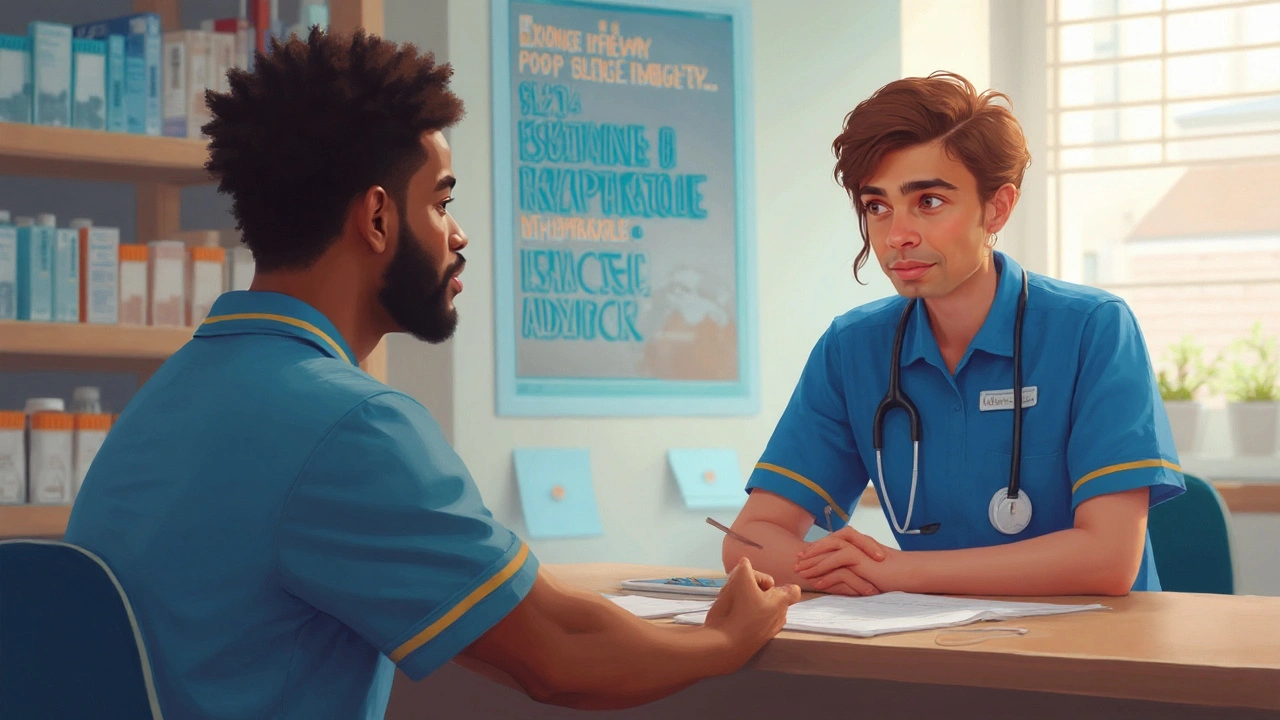
Combination Therapies: Modern Mixes to Target Stubborn Symptoms
Remember when depression treatment meant picking one single pill and hoping for a miracle? Now, docs are mixing and matching more than ever—and it’s not guesswork. Some combos are backed by new FDA approvals, others by research showing that certain molecules play nice together in the brain.
The most common combos? SSRIs (like sertraline or escitalopram) plus an atypical antipsychotic (aripiprazole, brexpiprazole, or quetiapine). Throw in esketamine and suddenly you have a “triple play” option for the most stubborn cases. One especially cool update: a fixed-dose combo pill of olanzapine and fluoxetine, launched as Symbyax. Data from the National Institute of Mental Health show this combo can help with tough, bipolar-type depressions where basic SSRIs flop.
And don’t ignore augmentation with non-psych meds. Low-dose lithium (yes, the classic bipolar drug) is back in fashion for depression that’s halfway to mood swings but not full bipolar disorder. Then there’s the quiet rise of buspirone or lamotrigine in special cases—meaning, if you’ve got a unique blend of anxiety and depression or seasonal dips. Docs are also looking at omega-3s in serious doses as an add-on, based on recent positive trials in the British Journal of Psychiatry.
Here are legit ways to “custom build” a regimen:
- Antidepressant + Esketamine: For fast results in treatment-resistant depression.
- Antidepressant + Brexpiprazole or another antipsychotic: For stubborn, partial reactions.
- Antidepressant + Lithium:
- “Stacked” antidepressants (two different classes, usually supervised by a specialist).
- Supplements (like folate/L-methylfolate, omega-3s) for milder, supportive effect, if doctor-okay.
One hot tip: Always tell your doctor every single med and supplement you take—even vitamins. Combo therapy works best when your medical team knows the full picture. Mixing the wrong meds can raise the risk of serotonin syndrome, high blood pressure, or even heart problems. But when done smart and slow, the right combo can pull you out of a rut like nothing else.
Recent data backs up this approach. A 2024 survey in Psychiatric Services found 43% of depression patients end up on combo therapy within two years, double the rate from a decade ago. Docs see faster recoveries and fewer ER trips for severe symptoms. So if one med didn’t do it, you’re in good company—and now, there are more tools to layer than ever.
What’s Next? How to Try New Treatments and Advocate for Yourself
The truth is, insurance, doctor comfort zones, and old habits can hold people back from trying these new FDA-approved options. But if you know what’s available, it’s easier to ask for what you want—and need.
If you’re thinking about asking your doctor for esketamine, don’t just walk in and say, “I want the spray!” Instead, bring a record of which antidepressants you’ve tried, for how long, and what happened. The same goes for combo options: having a timeline proves you’re not just chasing the latest fad.
Practical tips for making your appointment count:
- Write down your full medication history (what, when, side effects, why stopped).
- If anxiety, sleep problems, or agitation is a problem, mention it up front—this can point to the best add-on.
- Don’t settle for a doctor who brushes you off. If your psychiatrist is old-school and won’t talk about newer FDA options, get a second opinion if possible.
- Remember labs: if you’re on combo meds (especially with lithium or atypical antipsychotics), ask what blood work is needed.
- Check for special programs: Most makers of new meds like esketamine and brexpiprazole offer savings or trial coupons—sometimes hundreds off per month. Insurance companies may require prior authorization, so be ready for some paperwork, but it’s possible.
What about the future? There are at least five new fast-acting antidepressants in the pipeline, and researchers are exploring non-psychedelic versions of ketamine and even psilocybin-like molecules. The FDA is watching carefully, but patient advocates say it’s about time the world of depression meds moves beyond “try another SSRI and call in a month.”
If you or someone close feels trapped on a med that just isn’t working, don’t wait for your provider to bring up a new Abilify alternatives list. Print info, bring the latest stats, and push for a real conversation. The landscape is finally changing, and no one should be left trusting the same 20-year-old drug options out of habit—or because nobody bothered to check what else is out there.

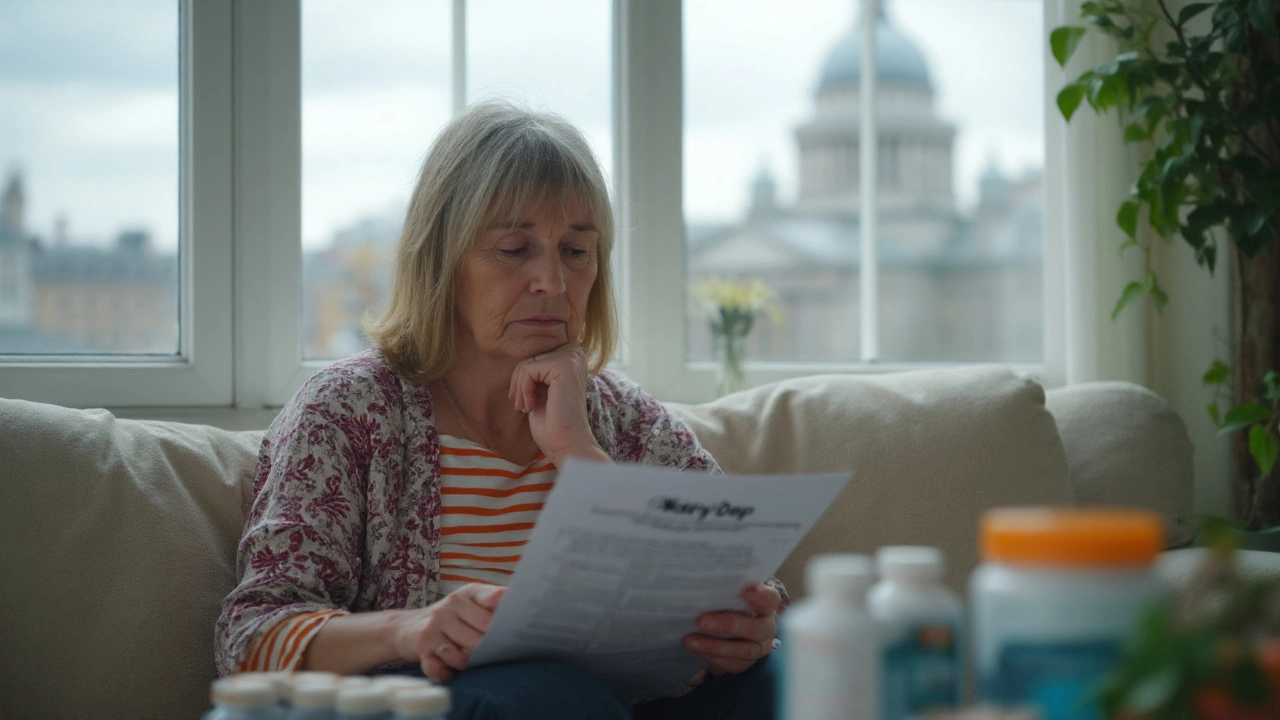
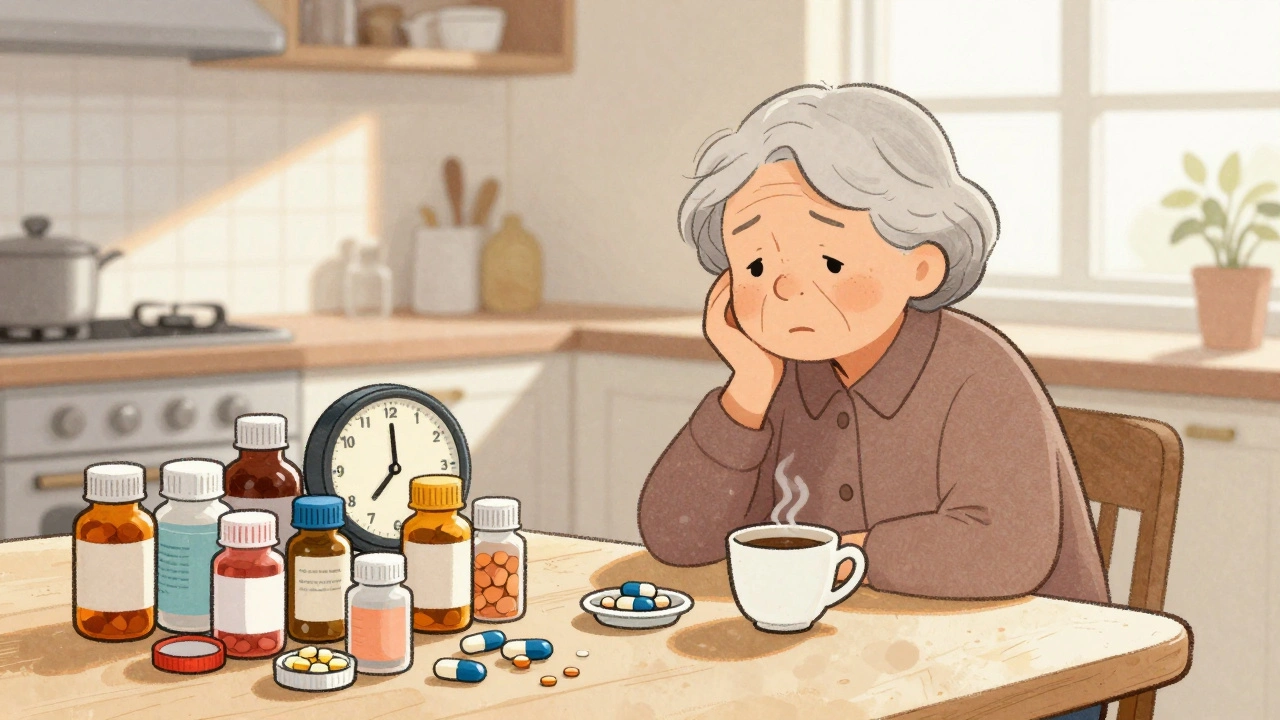
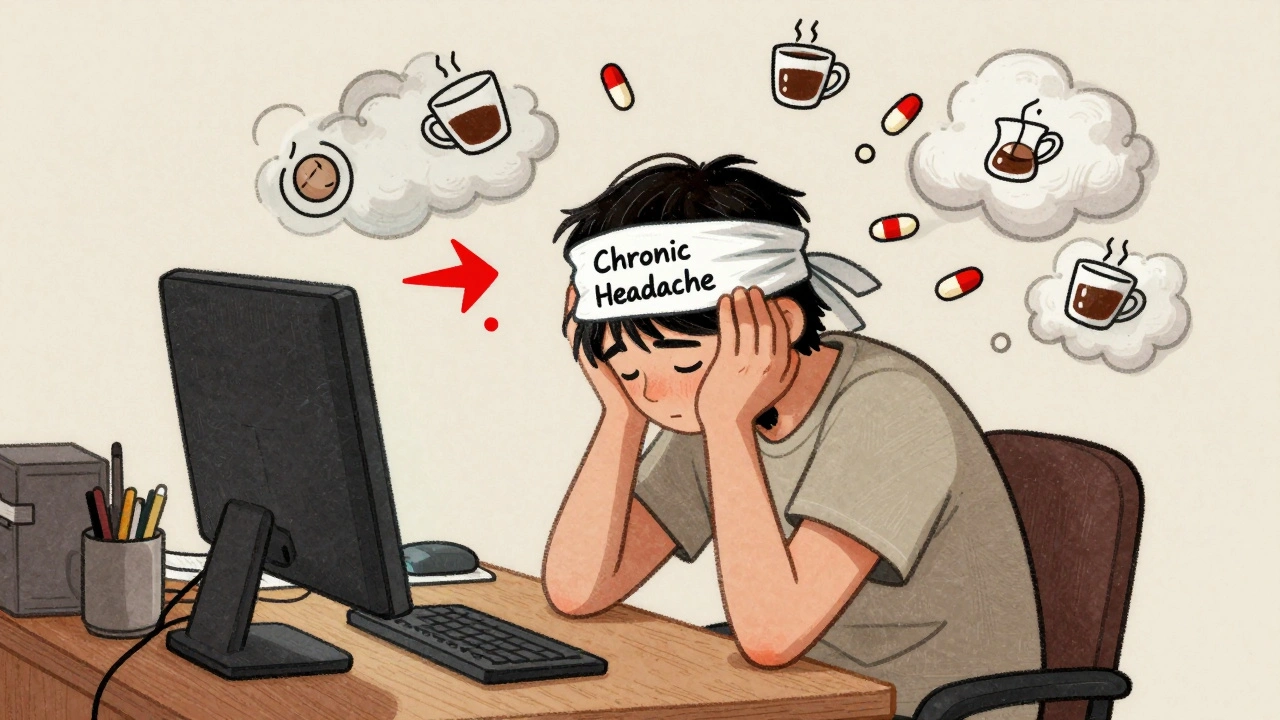
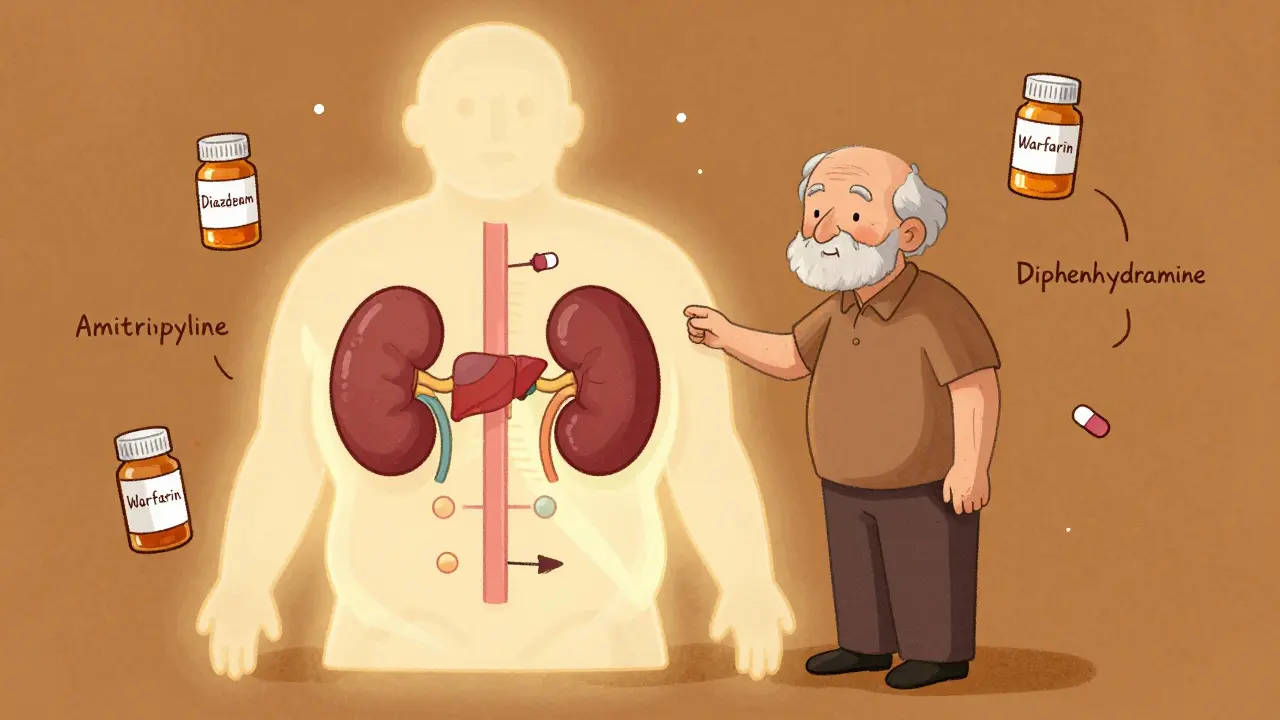
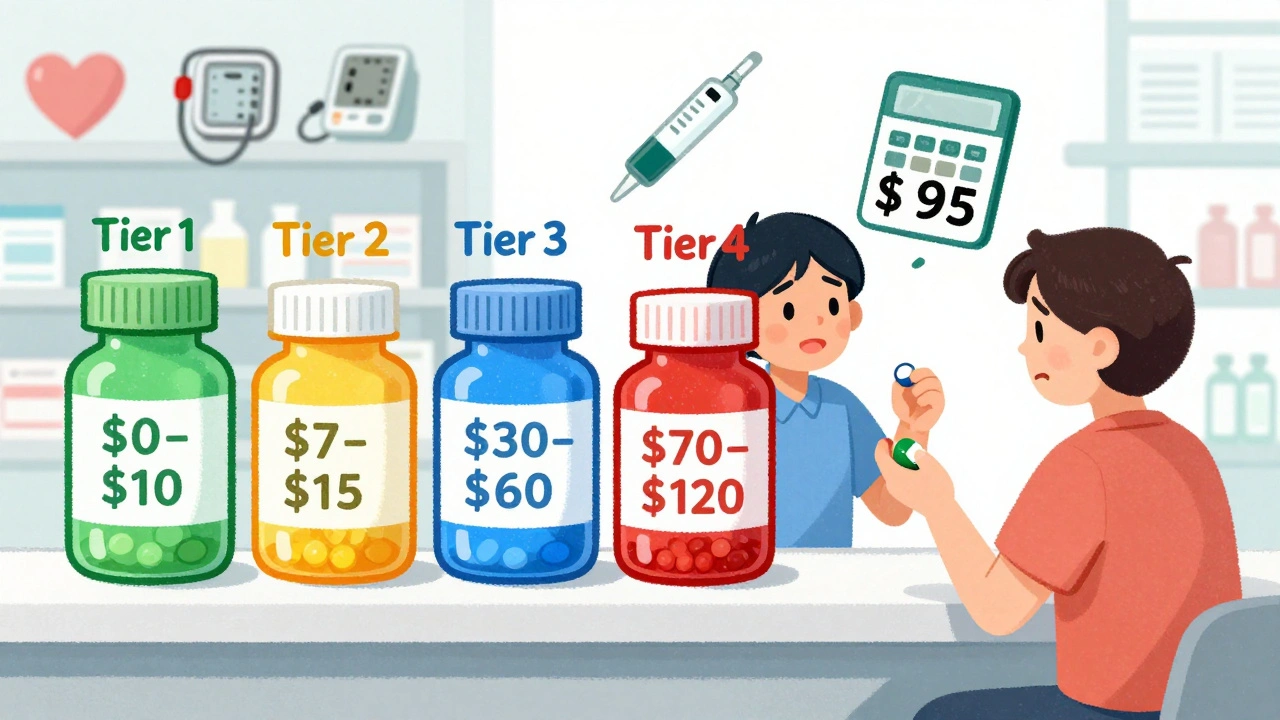
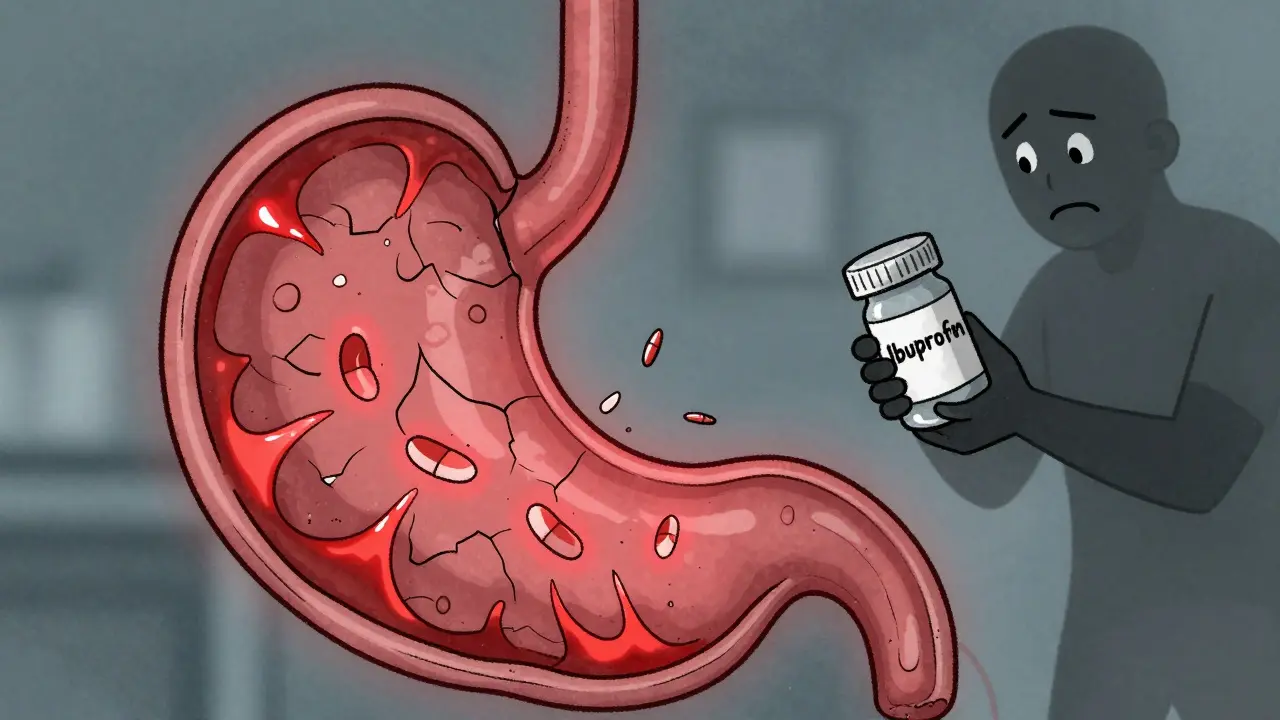
Anna Zawierucha
August 14, 2025 AT 02:38Esketamine's rapid action is exactly the kind of game changer some folks need when weeks of SSRIs feel like forever.
For people who have already tried a couple of antidepressants and are still stuck, having a therapy that works in hours instead of months can be life saving, plain and simple. The clinic requirement and monitoring sucks for convenience, but it also keeps things safer given the transient dissociation and blood pressure spikes. Insurance hassles are real, but more plans are covering esketamine now so documenting past treatments helps when asking for prior authorization. If side effects from Abilify were the main reason to switch, brexpiprazole sounds like a friendlier alternative to try with a regular antidepressant.
Mary Akerstrom
August 16, 2025 AT 10:01Good breakdown of options and why people should stop treating Abilify as the only add-on that exists
Lots of folks get stuck on that single name and then assume nothing else will work, when in fact there are several legit strategies like adding low dose lithium, switching to brexpiprazole, or trying an esketamine course under supervision. Write down your med history, keep notes on side effects and timing, and hand that list to your prescriber so you skip time wasted on repeats. Small practical steps make big differences when pushing for newer treatments.
Delilah Allen
August 18, 2025 AT 17:24Rapid therapy options matter because depression is not a test of patience it is a disruption of daily functioning and dignity.
This whole narrative that we should all wait six to eight weeks while life slips by is outdated. Newer mechanisms like NMDA modulation are not just starry science jargon, they actually change synaptic plasticity and that biological flexibility is what underpins faster mood shifts. People who’ve been ground down by treatment resistance often describe a literal narrowing of options and hope, and interventions that offer measurable change in days instead of months restore not just mood but agency.
That said, the structural barriers are loud. Clinics, monitoring, and costs are gatekeepers that keep therapies out of reach for many who need them most. Clinical safety nets exist for reasons, but those reasons become excuses when payers drag their heels or practitioners cling to older meds out of habit. Brexpiprazole being less akathisia-prone is meaningful, because akathisia ruins sleep, concentration, and ties directly into suicide risk in some people.
Combination strategies should be approached like building a toolkit not stacking random pills. Start with what the person actually needs symptom-wise and adjust slowly, keeping labs and vitals in view. Augmentation with lithium or lamotrigine is vintage but effective for specific profiles, and that nuance matters more than chasing the newest shiny label. Clinics running esketamine programs should pair the spray with psychosocial support during the high-risk early period, because fast biological change without supports can be destabilizing.
Finally, advocacy is part of treatment. Print clinical histories, bring documentation of previous trials, and insist on a second opinion if your provider refuses to discuss newer options. The medical system moves slowly until people push it, and in this case pushing saves weeks and months of needless suffering.
Sonya Postnikova
August 21, 2025 AT 00:48Totally agree with the point about combining biological and psychosocial support when using fast-acting treatments
Rapid improvement can bring up a lot of feelings and practical issues, and having therapy or at least a check-in process during an esketamine course is crucial. It’s not just about the spray, it’s about what you do after you get a few good days back. Celebrate the small wins and plan how to keep momentum with behavioral strategies and support networks :)
Alyssa Matarum
August 23, 2025 AT 08:11Clinicians need to hear this.
Lydia Conier
August 25, 2025 AT 15:34Esketamine clinics and prior authorizations are a pain but there are tricks that sometimes help
One thing that often works is having a concise timeline of past meds with doses and durations front and center in your chart, because insurers love boxes ticked. Another is asking the clinic if they have a patient navigator or social worker who does benefits calls, those folks know the right codes and phrasing to speed up approvals. Sorry for the typos here but doing these small admin tasks can cut weeks off the waiting game and that matters.
ruth purizaca
August 27, 2025 AT 22:57Nice to see alternatives listed, though a lot of folks will still sleepwalk into the same old prescriptions without reading this and that’s on clinical inertia not the patients.
Shelley Beneteau
August 30, 2025 AT 06:20Access disparities are critical here and often ignored
Rural areas and marginalized communities have fewer certified clinics for esketamine, fewer specialists comfortable prescribing newer agents, and more barriers from insurers. Any effort to expand access needs to address training, reimbursement for teleconsults, and mobile clinic models so the benefits don’t only reach urban, well insured people. Policy and community advocacy belong in this conversation as much as clinical data.
Dan Worona
September 1, 2025 AT 13:43Everything approved and pushed hard by Pharma needs a skeptical glance
Timeline is convenient for companies when they switch marketing to new combos and profit centers and suddenly old standards get framed as obsolete. Approvals and guidelines are influenced by money and lobbying, and the patient deserves transparency not glossy messaging. Clinics offering supervised sprays and new drugs are part of a system that also profits from repeat visits and monitoring charges, that reality matters when weighing a new therapy.
Mary Akerstrom
September 3, 2025 AT 21:06Valid points about industry influence and profit motives, it’s wise to keep that lens when evaluating new options
Still, many clinicians and researchers are genuinely trying to reduce suffering and the data for certain new mechanisms is solid. Balancing healthy skepticism with pragmatic steps to access effective care is the best move. Transparency from prescribers about conflicts of interest and clear discussion of risks and benefits helps patients navigate the landscape without turning every new therapy into a conspiracy theory.
Lydia Conier
September 6, 2025 AT 04:29Insurance denials are the worst gatekeeper, not the meds themselves
It’s worth pushing the prior auth and getting letters from a treating psychiatrist that clearly document failed trials and functional impairment. That usually flips more decisions than a patient advocate expecting a handout. Persistence and documentation beat passive waiting any day.
Sonya Postnikova
September 8, 2025 AT 11:52Also remember small adjuncts that are cheap and often underused
Things like L-methylfolate or omega-3s can be helpful in certain profiles and they are low risk and affordable compared with brand new agents. Not a cure all but useful to try while sorting bigger medication changes, and sometimes they add the missing piece to an antidepressant’s response :)
ruth purizaca
September 10, 2025 AT 19:15Supplement optimism is cute but the evidence is patchy and people deserve honest talk about effect sizes
Delilah Allen
September 13, 2025 AT 02:38There’s no harm in tempering hype with evidence, yet we mustn’t let perfectly reasonable caution become an excuse for therapeutic stasis
When someone has failed multiple adequate trials and is functionally impaired there is ethical urgency to try options with plausible mechanisms and supporting data. The politics of pharma funding and guideline inertia complicate things, and that tension is real, but the clinical imperative to relieve suffering remains primary. If insurers delay or deny coverage on a technicality while a patient’s life is on pause, advocacy and escalation are morally justified. Push for second opinions, document functional decline, and bring a clear timeline to every appointment. Medicine should be skeptical, yes, but not immobilized by bureaucratic comfort with the old ways.
Doug Clayton
August 14, 2025 AT 04:53Esketamine's availability in clinics actually flips the script for a lot of folks who were left floating on months of nothing.
It gives real, measurable rapid relief for people with true treatment resistant depression and that matters because suicidality and functional collapse don't wait around.
Clinics and REMS monitoring add friction but they also keep the risk profile manageable, so it's a tradeoff most patients accept when the alternative is stagnation.
Also good to keep in mind: brexpiprazole as an adjunct is a cleaner option than older antipsychotics for many, especially when akathisia wrecked sleep before.
Bottom line, there are more evidence-backed options now and bringing a clear med history to your clinician speeds the path to trying them.
Eric Parsons
August 15, 2025 AT 05:53Practical next steps after reading this are simple and actionable and clinicians will respect that kind of preparation.
Bring a timeline of trials dose ranges durations and concrete side effect notes when you book the appointment so prior authorization docs are easier to compile.
Make sure baseline vitals and metabolic labs are available if an atypical antipsychotic or lithium is on the table and that the team knows about any antihypertensives or benzodiazepines you take.
For esketamine specifically document failed adequate trials of two antidepressants and include any hospitalization history in the note so the REMS process is straightforward.
And keep a symptom log week by week because it helps measure response beyond a subjective “I feel better”.
Benjie Gillam
August 17, 2025 AT 05:06Esketamine represents a mechanistic pivot from monoaminergic modulation to glutamatergic plasticity.
Its NMDA antagonism followed by AMPA throughput produces synaptogenesis signals in prefrontal circuits.
Clinically that translates to rapid mood lifts and improved cognitive flexibility in a subset of TRD patients.
Spravato's intranasal route is optimized for bioavailability and clinic monitoring under REMS.
That monitoring is not just bureaucratic theater it exists because dissociation and hypertensive spikes are real.
Benzodiazepines can blunt esketamine's antidepressant signal and should be tapered if possible.
Opioids and strong CYP interactions raise safety and efficacy flags and must be reconciled in med lists.
Insurance workflows are messy but prior auth is surmountable with structured documentation.
Ketamine clinics offering IV racemic formulations vary wildly in protocol and evidence rigor.
Comparative effectiveness trials between IV ketamine and esketamine are limited so direct superiority claims are premature.
Brexpiprazole is a cleaner partial agonist profile at D2 and 5HT1A with less akathisia than aripiprazole.
However metabolic monitoring remains prudent for any atypical antipsychotic adjunct.
Combination pharmacotherapy is increasingly evidence based but polypharmacy risks still exist without specialist oversight.
Clinician competency and patient education on side effects adherence and monitoring are the main determinants of good outcomes.
Finally the pipeline with next gen glutamatergic modulators and psilocybin analogs suggests structural change in therapeutics ahead.
Michelle Zhao
August 19, 2025 AT 12:40Useful to temper enthusiasm with rigorous standards and realistic expectations.
Rapid effects do not equal durable remission for everyone and long term safety data are still accumulating for newer agents.
Ethical prescribing requires clear consent discussion covering dissociation risks cardiovascular effects metabolic monitoring and the likelihood of needing maintenance strategies.
Insisting on specialist oversight and documented follow up visits is not gatekeeping it is prudent medical care.
Policy and access debates aside medicine must remain evidence driven and cautious when novel mechanisms are adopted broadly.
Mary Magdalen
August 24, 2025 AT 03:46This reads like another pharma-era playbook where the newest mol is pushed while access remains gated by cost and clinic bottlenecks.
High price tags and uneven insurance uptake mean the people who need these options most might still be shut out.
We should be pushing for broader coverage transparent pricing and public investment in outpatient capacity so innovations don't just help a privileged few.
Treatments are advancing faster than infrastructure and that mismatch needs policy attention not just glossy press releases.
Dhakad rahul
August 29, 2025 AT 22:40Yes yes this is exactly the kind of change we needed 😤🇮🇳
Affordable generics and local production can crush price gouging and make life saving options reachable for way more people.
Bring the clinics closer to communities and train more docs fast.
Don't let multinational pricing games decide who lives and who waits.
Naresh Sehgal
September 5, 2025 AT 21:20Good to see options finally expanding.
Poppy Johnston
September 12, 2025 AT 20:00Practical encouragement: track mood energy sleep and side effects daily in a simple note and bring that to appointments.
Small objective logs make it easier for clinicians to justify prior auths and to decide whether an add-on is actually helping.
Use peer support and local groups while you wait for insurance or clinic slots because community continuity matters.
And if anyone's feeling unsafe immediate crisis resources and local emergency care are essential stopgaps until treatment plans take effect.